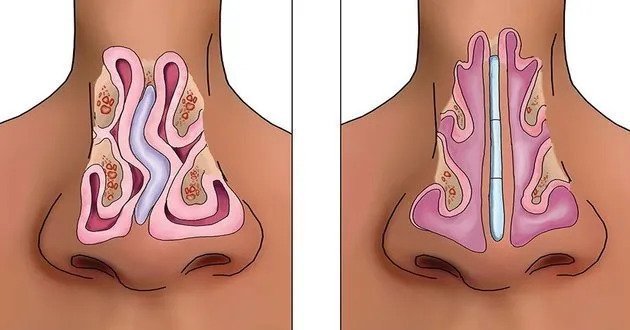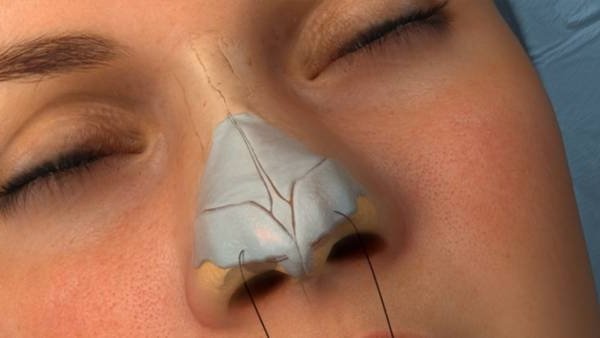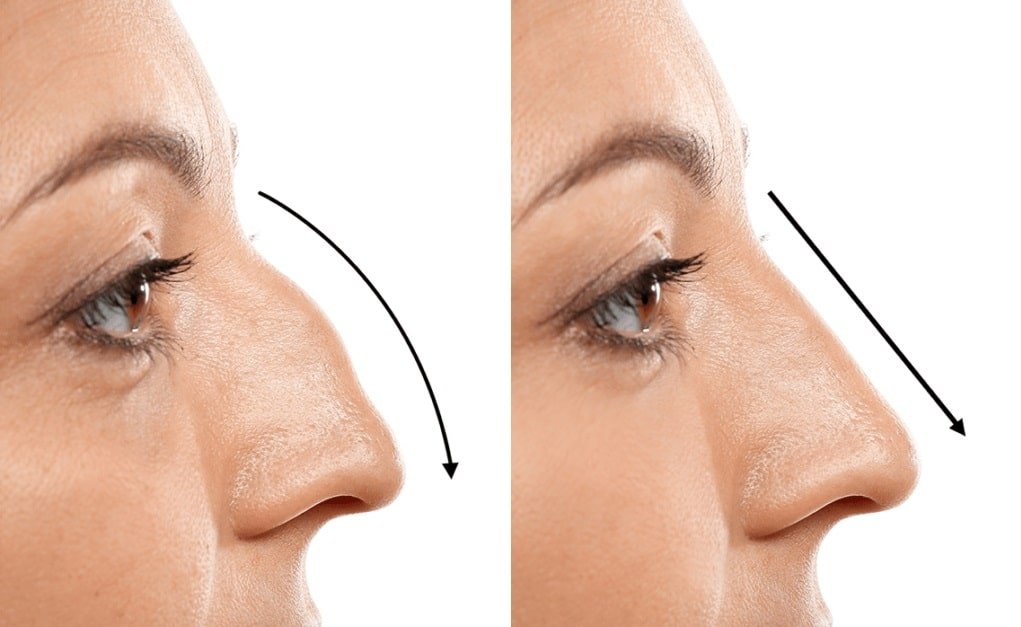Fast Facts
About
- A septorhinoplasty is a procedure that can correct a deviated nasal septum, improve nasal breathing, and improve the appearance of the nose.
Safety
- You could be at risk of infection, bleeding excessively, severe bleeding, permanent numbness in your upper and lower jaws, nose or nose, altered senses, hole in your septum, blood in your nose, and poor results. Your surgeon will discuss the risks with you and what results from you can expect.
Convenience
- A septorhinoplasty, an outpatient procedure, takes approximately 1 to 3 hours.
- The recovery process can take up to one year and may take several months.
Cost
- Insurance often covers the cost of your procedure if there is a functional component.
- The out-of-pocket costs of paying can be anywhere from a few thousand dollars up to $30,000.
Efficacy
- This procedure may not help your symptoms.
- It is possible that you will need to have additional surgery in order to achieve the results you desire.
- Your deviated septum can be corrected, and the changes will become permanent.
What is septorhinoplasty?

A septorhinoplasty can improve your breathing and change the external appearance of your nose. The septorhinoplasty procedure combines two procedures.
- Septoplasty. This is the cartilage located between your nostrils in the middle portion of your nose. A deviated septum is when the cartilage is not aligned properly or crooked. Deviated septums can make breathing difficult and may lead to dry or snoring as well as other complications. By repositioning and straightening the septum, septorhinoplasty can correct this problem.
- Rhinoplasty. It is a surgical procedure that alters the external appearance of the nose. Rhinoplasty refers to the removal of some bones and cartilage from the nose.
How much is a septorhinoplasty going to cost?
Prices for septorhinoplasty vary greatly. If the procedure is required to improve your ability to breathe, insurance may cover septorhinoplasty. Costs associated with insurance depend on which plan you have.
- Copayments or coinsurance
- All remaining part of your deductible
- All costs for services that are not covered
Insurance plans won’t cover septorhinoplasty done for cosmetic reasons. Costs will vary depending on where and what you have done. You might find costs as low as $7,000 and as high as $35,000.
How does septorhinoplasty work?

Septorhinoplasty can improve the function of your nose by correcting or reshaping deviated septum. Your surgeon will decide the exact method for your septorhinoplasty.
What is the procedure of septorhinoplasty?
A septorhinoplasty is performed while you are unconscious and completely sedated. The surgeon cuts from the inside of your nose and gently lifts the septum’s cartilage and bone.
Any cartilage causing deviation is removed. The rest of the bone, tissue, and other structures are repositioned back into their original positions.
Although the incision remains open, the surgeon might also:
- Reshape cartilage at the tip.
- Remove a hump by shaving bone.
- Break the nasal bones to fix any deviations and improve the appearance.
The surgeon will then close the incision and pack the nose with gauze. This helps to stop bleeding.
Splits or soft plastic sheets may be placed in your nose to aid your septum’s healing. You can usually go home after the anesthesia wears off. The surgeon will take out any packing or splints that are left after surgery.
Are there any side effects or potential risks?
There are risks. There are several possible risks associated with septorhinoplasty:
- Extra bleeding
- Infection
- Changes in the shape and appearance of your nose
- You have a hole in the septum
- You have a blood clot in the nose
- Smells less strong
- A bad reaction to anesthesia
- Temporary numbness of your gums or teeth.
Your surgeon should be informed about any medical conditions that you may have. This will help to minimize the chance of complications. Poor wound healing may be a result of rheumatologic conditions, such as osteoarthritis and lupus.
Some people may find that their symptoms don’t improve after having a septorhinoplasty. You might need to have additional surgery in order to alleviate symptoms.
What can you expect from a septorhinoplasty?
There may be some precautions you need to take to reduce swelling and bleeding in the weeks following your surgery. Your surgeon can tell you how many of these things to do and how long. These are some common after-surgery instructions:
- Keep your head up while you sleep.
- Avoid blowing your nostrils.
- Avoid wearing clothes that pull down on top of your head.
- Avoid jogging or other strenuous cardiovascular activities.
Stabilizing your nose takes 3 to 6 months. Your septum will stabilize, and you may notice changes in your breathing, nose shape, and breathing. Some people experience changes up to one year after surgery.
Questions to ask your doctor

It’s important that you find a surgeon with whom you are comfortable. It is important to ask questions to make sure you are choosing the right surgeon.
What are the benefits of this surgery?
Will this procedure improve my ability to breathe?
Are there any changes in the shape or appearance of my nose?
Are people satisfied with this procedure?
What will my recovery look and feel like?
Do you think it would be a good idea to have a rhinoplasty done at the same moment?
Preparing yourself for a septorhinoplasty
A surgeon will meet you before your surgery to review your medical history and discuss your expectations regarding septorhinoplasty. Your doctor will take numerous images of your nose prior to surgery. They will also take measurements of your nose and the surrounding area.
Your surgeon will tell you what their expectations are for your final results. After your procedure is scheduled, you will be advised to take steps to prepare.
These include:
- Stop smoking to reduce the risk of complications during surgery.
- Avoid aspirin, ibuprofen, and other pain relievers. These medications can increase bleeding risk. It is best to avoid these medications before and after surgery. Your surgeon can tell you which medications are safe.




